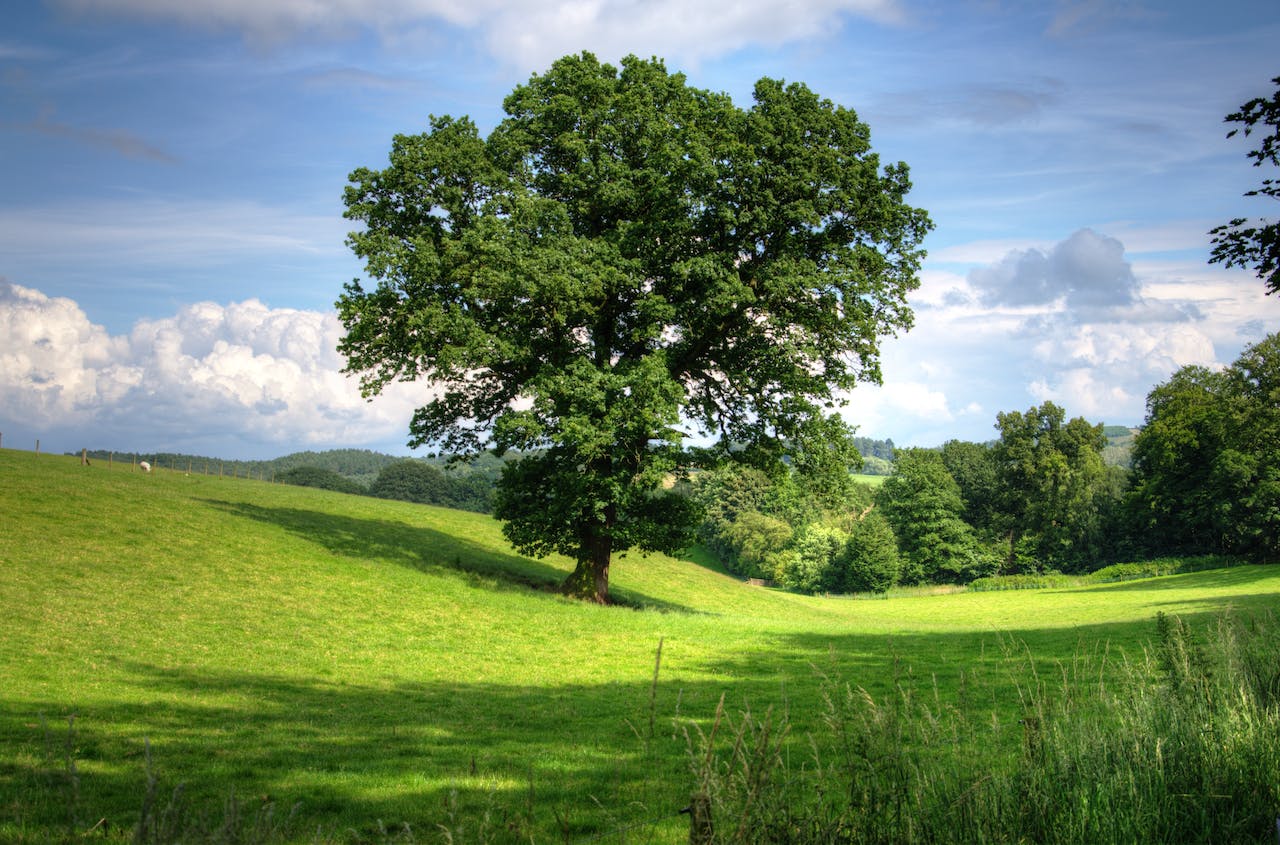Trees have long held our attention and inspired awe; they stand as monuments of strength and resilience, serving as hugely symbolic icons.
Their woody roots absorb carbon dioxide from the atmosphere, prevent soil erosion and cycle water through ecosystems – mentioned the experts at Orlando FL Tree Service – ultimately changing our planet in profound ways.
Visit Orlando’s remarkable petrified forest to take tree-hugging to new heights! You won’t believe your eyes when you witness its surreal landscape of petrified wood!
Champion Trees
American Forests issues an annual list of champion trees to recognize their size. To qualify for inclusion on this list, each species tree must meet a standard formula that accounts for trunk circumference, height and average crown spread.
AF’s website features updated state-by-state registers and information on how to nominate trees. However, before nominating any tree make sure it qualifies – for instance invasive exotics do not qualify!
Locate the reigning champion and compare measurements against your specimen; if yours matches or surpasses theirs, that indicates success. But measuring is a complex endeavor and may require assistance from a specialized tape measurer or handheld laser hypsometer – American Forests provides tips and a helpful handbook, or you could consult with local arboreal experts for guidance.
Giant Sequoias
Redwood League continues to purchase land to ensure 73 sequoia groves remain protected, while also working to educate and foster stewardship of these iconic trees through public events that demonstrate how their actions impact sequoias and forests alike.
Giant sequoias have evolved over millennia to be adept at withstanding wildfire. But climate change is altering this natural fire cycle, leaving them more susceptible to disease and insect pests.
Strict restrictions on logging, urban development and recreational activities within sequoia territory help prevent disruption to their shallow root systems and preserve their unique ecosystems. This ensures these magnificent trees remain standing for many more decades to come.
Coastal Redwoods
Trees are powerful symbols of resilience. From the majestic General Sherman in Sequoia National Park to Japan’s stunning cherry blossoms, trees such as these captivate and inspire us all.
Coast redwoods thrive in areas where there are ample nutrients, such as river bars or floodplains where winter rains and fog from the Pacific Ocean keep the vegetation moist, such as riverbanks or floodplains, while they may also grow on slopes where species such as Douglas-fir or California bay laurel can support their presence.
Lumbering had an enormous impact on old-growth redwood forests, yet organizations like Save the Redwoods League have been working to restore them. Their scientific research program expands knowledge about them including climate change impacts and resilience as well as their Vibrant Forests Plan which guides conservation decisions such as buying up protected lands for preservation as well as managing forests to promote resilience.
White Pine
White pine is an evergreen conifer species renowned for its soft and thin needles which come together in clusters of five. While they make a wonderful addition to any landscape, ensure there is enough space for their expansion; their dense foliage often outgrows its designated space and can interfere with nearby fences, buildings or trees.
As with other pine species, eastern white pine reproduces by seed. Their light green fruits (cones) become increasingly distinct with age as their scales contract to reveal hidden seeds within.
This tree thrives best when planted in deep, sandy loam soil with partial shade. Clay or poorly-drained soils don’t allow enough drainage. Additionally, this species of tree is resistant to blister rust as well as some salts and air pollutants.
Red Maple
Red maples (Acer rubrum) are ubiquitous throughout our forests, often found growing alongside one another and in harmony. Their adaptable nature enables them to thrive under various soil conditions including swamps, dry bluffs, and temperate forests covered by snowfall.
These small red flowers are followed by conspicuous, bright-red fruit called samaras – bright red winged fruits often eaten up by squirrels and other woodland wildlife. Samaras have an enclosed seed at one end with a thin, dry projection on the other that spins when it falls from trees, giving rise to their nickname of helicopter or whirlybird seeds.
Red maples may become overabundant and reduce biodiversity of forest ecosystems in some locations; in others however, they serve as valuable landscaping trees.



